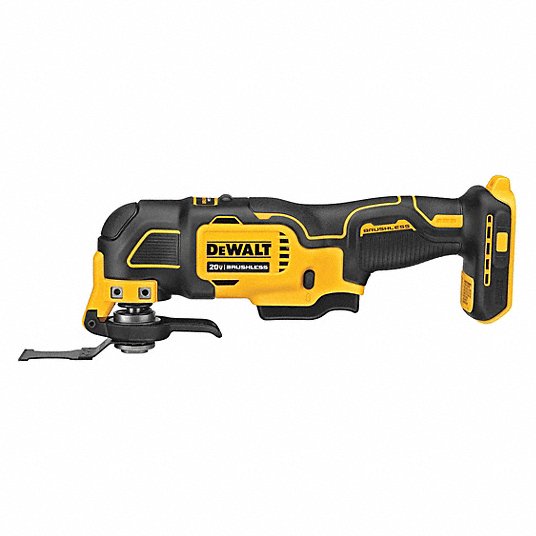FishOn
Member
- May 2, 2018
- 128
- Boat Info
- 2000 260 Sundancer 260DA
- Engines
- 5.7 Mercruiser w/ Bravo3
Hi all,
Looking for some help. I noticed a soft spot under the carpet in the cabin of my 260DA yesterday. Not sure if it has been there for a while and I just noticed it or it is new. I may try peeling back the carpet today to see what I find, . I can't find any threads about this matter so I'm assuming it isn't a common condition.? Does anyone know what is under there? Are there wood stringers? Is there any inspection access other than the small access under the stair? Any thoughts/experiences/advice are appreciated.
Looking for some help. I noticed a soft spot under the carpet in the cabin of my 260DA yesterday. Not sure if it has been there for a while and I just noticed it or it is new. I may try peeling back the carpet today to see what I find, . I can't find any threads about this matter so I'm assuming it isn't a common condition.? Does anyone know what is under there? Are there wood stringers? Is there any inspection access other than the small access under the stair? Any thoughts/experiences/advice are appreciated.






